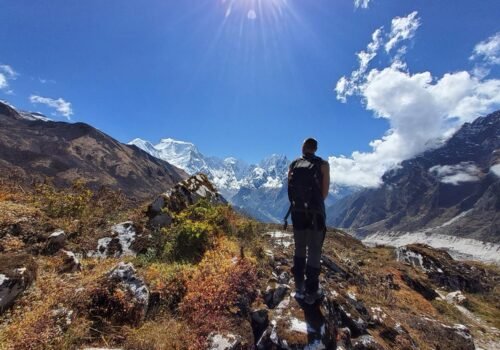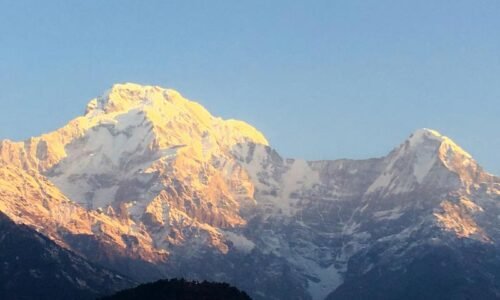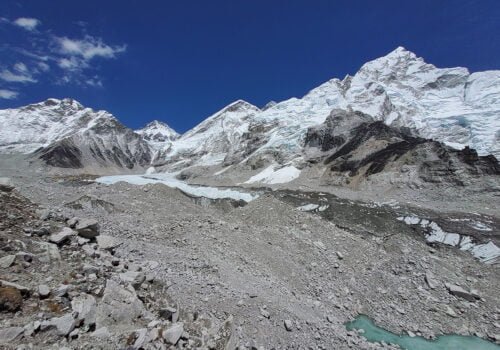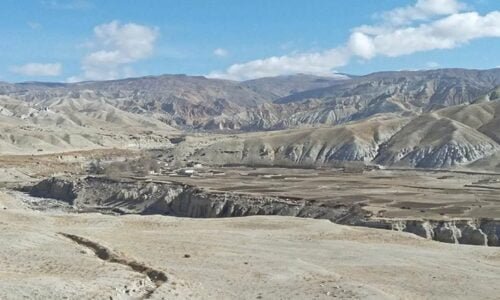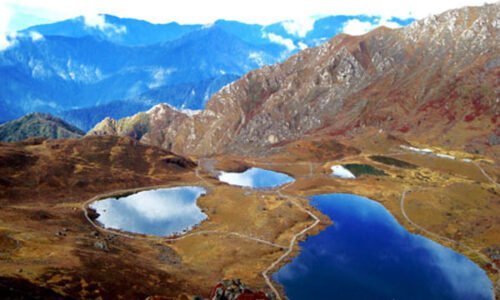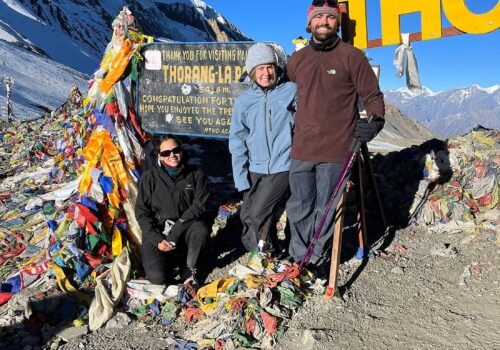Aung San Suu Kyi’s Historic Contribution to Nepal Through the Book ‘Let’s Visit Nepal’
3 Aug 2025 5 min to read
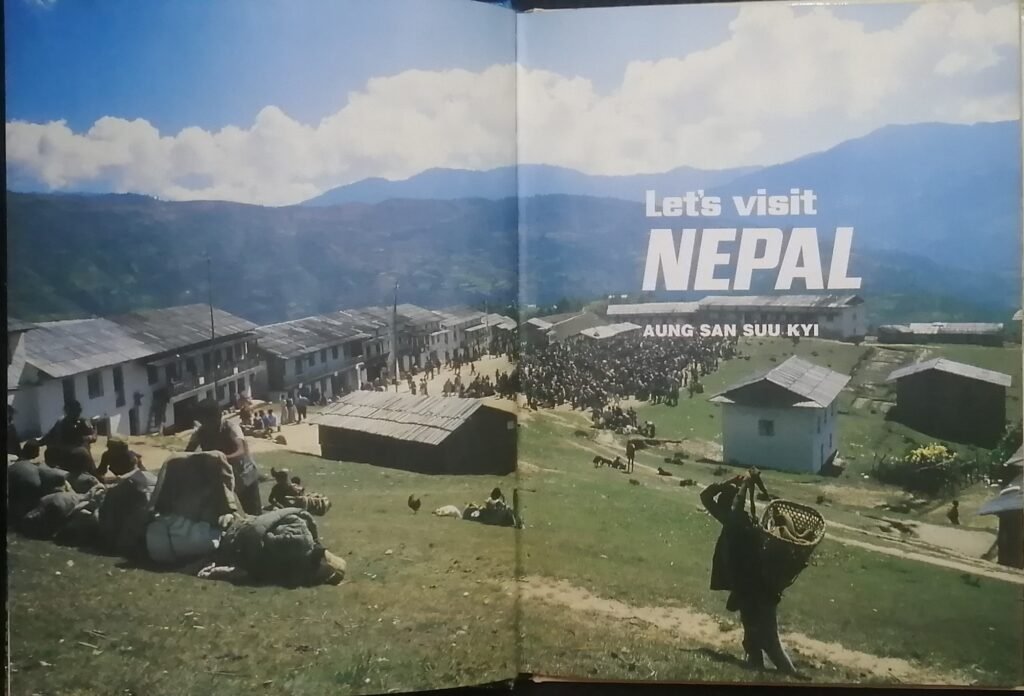
On December 10, 1991, Myanmar’s (then Burma) pro-democracy leader Aung San Suu Kyi was under house arrest by the military regime. That same day, her son, Alexander Aris, accepted the Nobel Peace Prize on her behalf.
Although Suu Kyi is highly renowned for her immense contribution towards world peace and democracy, less do know that she also made a substantial contribution to Nepal’s tourism sector. Six years before the Nobel Prize was awarded, in 1985, she authored and published a travelogue titled “Let’s Visit Nepal” that presented the world with Nepal.
The book was published in the UK, at a time when Nepal had yet to celebrate its first Visit Nepal Year (which came in 1998), and the Nepal Tourism Board had not even been established. In an era with limited promotional platforms, underdeveloped infrastructure, and minimal manpower, Suu Kyi’s world-class travel publication was a significant gesture of goodwill and support toward Nepal.
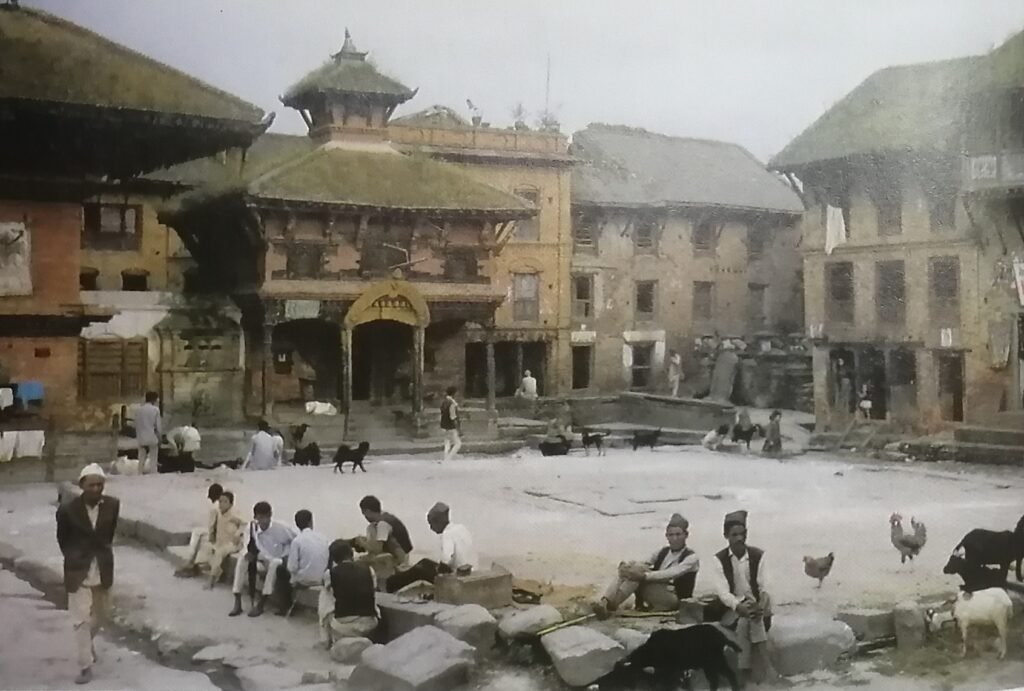
A Personal Connection with Nepal
Suu Kyi’s connection with Nepal was rooted in family ties. Her mother, Daw Khin Kyi, served as Myanmar’s ambassador to Nepal from 1960 to 1967. Suu Kyi first visited Nepal in 1962 at the age of 17. Her second visit came in 1973 alongside her British husband, Michael Aris. These visits inspired her to write Let’s Visit Nepal. Suu Kyi continued to visit Nepal afterward, with her most recent visit being in 2018.
Overview of the Book
Let’s Visit Nepal spans 96 pages and is divided into eight chapters. The first three chapters provide an introduction to Nepal as a Himalayan kingdom, a Hindu monarchy, and a nation entering the modern world. Chapters four through six cover the worship of deities, Nepal’s diverse ethnic groups, and the Kathmandu Valley. Chapter seven lists important places to visit across Nepal, and the final chapter offers Suu Kyi’s reflections on Nepal’s future.
Although the book was advertised on the net as a children’s travel book, intellectually it is highly mature and suitable for adult readers too. Suu Kyi delves into Nepal’s war against China and Britain in the past, the country’s move towards democracy, the abolition of democracy by King Mahendra and the institution of the Panchayat system, and King Birendra’s launch of the Back to the Village campaign.
Her Observations on Nepal
Suu Kyi showed a real Nepal. Though she said that Nepalis were discovered to be friendly by the tourists, she also added that the majority of locals still could not afford even a basic meat and rice meal. She argued that though Mount Everest (Sagarmatha) is the highest, there are mountains like Makalu and Kanchenjunga which are as stunning and regal as Everest.
She praised the Durbar Squares of Kathmandu, Patan, and Bhaktapur, and the Newar culture, religion, and festivals. Some of the must-see destinations she recommended include Chitwan National Park, Jomsom, Kali Gandaki district, Lumbini, and Gosaikunda. She also recommended trekking in areas like Everest, Langtang, Machhapuchhre, Annapurna, and Jumla.
Her recommendations also included Pokhara and the unique status of the Sherpa people, noting that being a “Sherpa” had become less of an ethnicity in itself in the economic affairs of the Himalayas and more of a job. She discussed the syncretism of Hinduism and Buddhism within the Kathmandu Valley, and indicated that despite Buddhism being Indian, it has been better conserved in Nepal. She also included a roster of Nepali deities and pushed back against the act of animal sacrifice, clarifying that there are some gods who are worshiped with vegetarian offerings and others by meat.
A Few Inaccuracies
Despite the merits of the book, it is incorrect in a couple of facts. For instance, Suu Kyi mentions unverified information regarding human sacrifices being made in Nepal. She also cautioned that one should not visit Nepal during the monsoon months, without mentioning the potential for adventure sporting activities given the heavy water resource endowment of Nepal during that period.
A Visionary Perspective
Suu Kyi, who was renowned for demanding peace and democracy, said many educated Nepali youths had a dream of a stronger democratic system than the Panchayat one. She thought that unlike other countries, which experienced the transition gradually from medieval to modern times, Nepal was pushed into the period of modernity without passing through a transitional phase.
When Suu Kyi was composing the book, it took nearly three weeks to walk to Everest Base Camp — a walk today that takes roughly half the time. Nepal was at the time under monarchical Panchayat rule, in which political parties were banned. Today Nepal is a federal democratic republic.
Back then, Nepal only had 200,000 tourists annually. For comparison, more than 600,000 tourists visited Nepal in the year 2022 alone, according to the Nepal Tourism Board. In 2019, before the outbreak of the COVID-19 pandemic, the number reached around 1.2 million.
The Book’s Enduring Relevance
Barring Nepal’s political and social upheavals, most of what Suu Kyi has written remains largely so pertinent today. That someone of her stature — a future Nobel Peace Prize laureate — would write an exhaustive and incandescent travelogue in support of Nepal is, in itself, an historic event.
It is the only known travelogue on Nepal authored by a Nobel laureate, underscoring the diverse dimensions of Nepali tourism.
The Need for Promotion
The book deserves greater attention. If properly promoted, it could become a global branding tool for Nepal. The Government of Nepal and the Nepal Tourism Board should consider republishing and translating the book into major world languages annually, along with updated footnotes and tourism statistics.
Doing so would not only honor Suu Kyi’s contribution but also provide a powerful foundation for promoting Nepal’s tourism on the world stage.
Ref: Shilapatra
